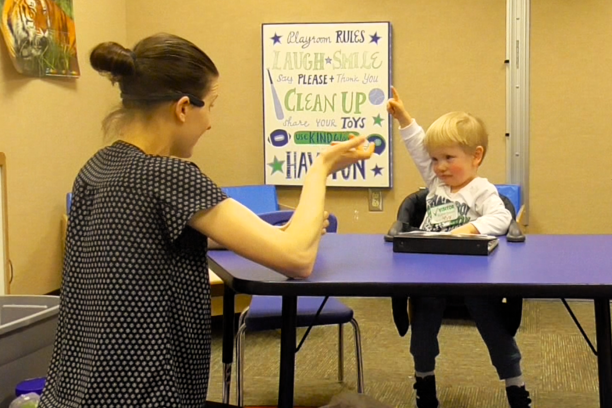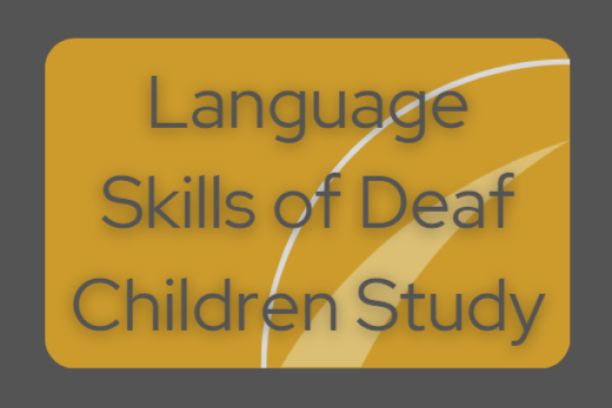-
Venker C., Yasick M., McDaniel J. Using telegraphic input with children with language delays: A survey of SLPs’ practices and perspectives American Journal of Speech-Language Pathology. 2019 May;28(28). 676-96.
Abstract
Purpose
Speech-language pathologists (SLPs) often simplify their language input when talking to young children with language delays, but there is some controversy regarding whether simplified input should be telegraphic (e.g., Ball under, Doggie go, More toy) or grammatical (e.g., The ball went under; Go, Doggie! More toys). The purpose of this study was to evaluate SLPs' practices and perspectives on using telegraphic input when working with children with language delays at the prelinguistic, one-word, or two-word stages of spoken language development.
Method
Practicing SLPs were recruited from a university-sponsored professional development conference focused on current best practices in speech-language pathology. Respondents completed an online survey that included questions about their own practices, as well as their overall perspectives on the usefulness of simplifying language input in different ways.
Results
The vast majority of SLPs (82%) reported using telegraphic input. SLPs reported using telegraphic input more frequently when prompting for verbal imitations than when describing play or providing a directive/request. Surprisingly, only 30% of SLPs who reported using telegraphic input felt that it was useful. SLPs reported that receptive language is the most important child characteristic to consider when deciding what kind of language input to provide.
Conclusions
These findings suggest the need for more purposeful clinical decision making in the context of providing simplified language input. In addition, in-depth, qualitative studies are needed to characterize the complex interactions among beliefs, experiences, practices, and perspectives pertaining to simplified language input.





